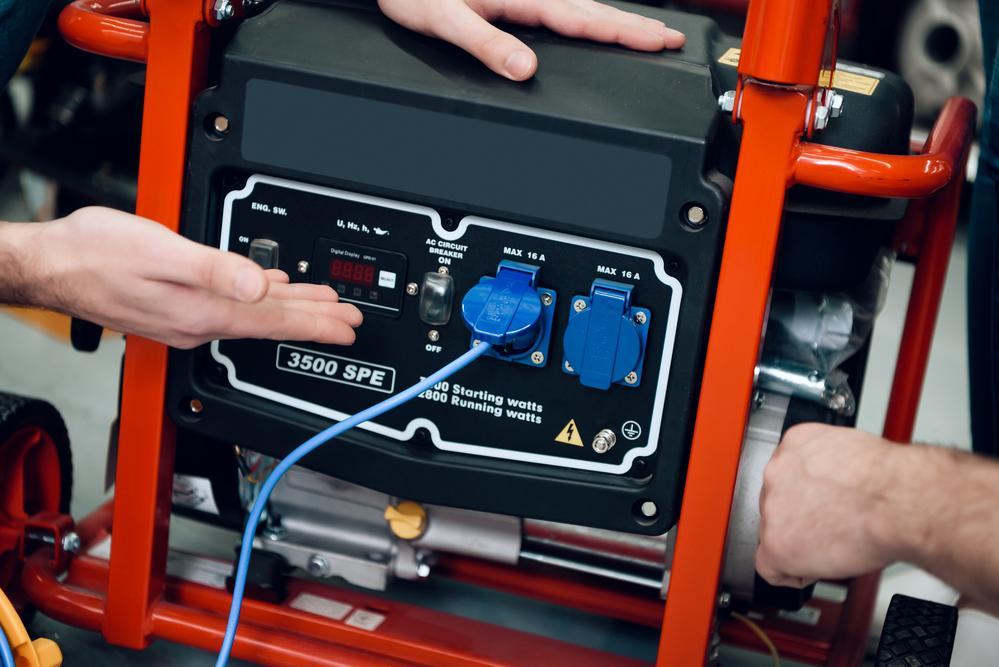So, you have a new generator (or are planning to get a generator for home use). That can be a great way to counteract a power failure or power outages by having some backup power but knowing how to set it up properly can be important.

A portable generator, or even a permanent power station generator, can be a valuable tool to have in emergencies. However, it has to be hooked up to the house to function properly.
The Basics
First of all, never plug your generator straight into your home’s main socket panel. While this can seem like the easiest option, especially if the plugs match permanently, you are going to overload your circuit board and potentially break multiple key components of your home’s wiring system.
If your home is still connected to the mains supply, there is also the chance that doing this could electrocute people on nearby power lines or even neighbors who are working on their own electrical systems. Always disconnect and isolate your power system before you start.
The Plug
The plug is always the most important part of your generator’s installation. Make sure you know what kind of plug you are using and the overall amperage that the plug supplies – for example, a big round 220V plug will power the entire breaker box, but it needs to be installed correctly.
There are a lot of common amperage levels and plug types, so do not expect to be familiar with the right one straight away. Read instruction manuals or do research online, and make sure you know what you are dealing with, especially if you have not used a generator before.
The Tools
You want to have all of the right tools prepared to set up your generator, as well as the safety equipment to protect yourself. You will need:
- A transfer switch or breaker interlock kit.
- A 2 pole double-breaker that matches your generator’s amperage.
- AA power inlet box that matches the amperage.
- At least 10 feet of 10-gauge electrical wire.
- Extension cords.
- Sturdy conduits and waterproof conduit glue.
Of course, all generators are different. Use whatever matches yours the best.
The Power Inlet Box
Install the power inlet box, making sure to fit it correctly, and seal the mounting with waterproof glue. Once it is all mounted, you can install the conduit, avoiding any gaps so that nothing can become damaged or wet while the generator is operating.
The Wires
Turn off every circuit breaker and the main power breaker, then pull the wires through the conduit and into the breaker itself. Be sure to install the transfer switch in a suitable place, then seal it all back up, testing it to make sure that the system works if possible.
This is a very complex process, and one short article can’t possibly cover everything needed to make gas generators function on your home’s power system. Sites like BestofMachinery can offer an in-depth breakdown of how you need to handle the installation and what safety measures to take if you are new to the process.
Image Source: Depositphotos





